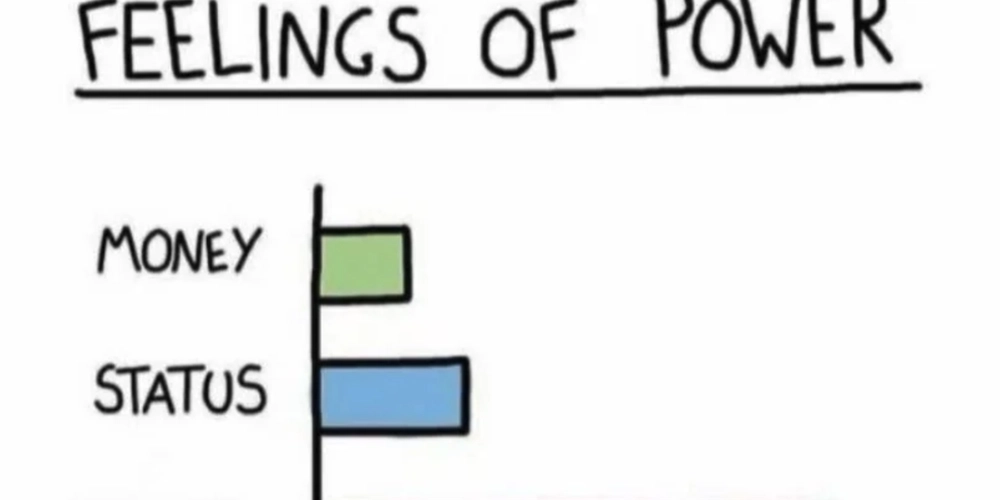Introductory Collections in Python
This document aims to explain, in a simple and straightforward way, the main types of collections in Python: Lists, Tuples, Sets, and Dictionaries. If you've never programmed before, don't worry! 1. Lists What it is: A list is like a box where you can store various items (numbers, words, etc.) in a specific order. Example of a list in Python: Main characteristics: Maintains the order of items Can be modified (add/remove items) Accepts repeated items Example usage: 2. Tuples What it is: A tuple is similar to a list, but the items inside it cannot be changed once they are defined. Example of a tuple in Python: Main characteristics: Maintains the order of items Cannot be modified (immutable) Accepts repeated items Example usage: 3. Sets What it is: A set is a collection of items without a defined order and without repetition. Example of a set in Python: Main characteristics: Does not maintain order Does not accept duplicate items Can be modified Example usage: 4. Dictionaries What it is: A dictionary is a collection of key-value pairs. Think of it like a notebook where each word (key) has a definition (value). Example of a dictionary in Python: Main characteristics: Uses key:value pairs Does not accept repeated keys Can be modified Example usage: Conclusion These four types of collections are widely used in Python and are essential for beginners. Think of them as different ways to store and organize information: List: a shelf with order Tuple: fixed shelf Set: bag with no repeated items Dictionary: mini notebook with word and meaning Explore, test, and see how each one behaves in practice! Let’s imagine a day in the life of Maria, who is planning a visit to the market. Step 1 – The List (List): Before leaving, Maria writes down all the things she needs to buy: apples, bread, milk, and eggs. She might remember later that she also needs bananas, so she adds that to her list. The list helps her keep everything in order, and she can add or remove items anytime. This is just like a Python list: ordered and flexible. Step 2 – The Colors of the Bags (Tuple): Maria has three reusable shopping bags—one red, one green, and one blue. These are always the same and never change. No matter how many times she goes shopping, these are the bags she uses. They represent a tuple: fixed and dependable. Step 3 – The Fruits She Picks (Set): At the market, Maria picks up various fruits. She ends up with an apple, a banana, and another banana. But at the end, she only counts the unique fruits she got: apple and banana. That’s how a set works—it automatically removes duplicates and doesn't care about order. Step 4 – The Receipts (Dictionary): When Maria returns home, she looks at the receipt. It shows what she bought and how much each item cost: 'apple': $1, 'milk': $2, 'bread': $1.5. This is a dictionary in action—each item (key) is linked to its price (value). By using a list, tuple, set, and dictionary, Maria’s simple shopping trip becomes a perfect analogy for how Python collections work in everyday life.

This document aims to explain, in a simple and straightforward way, the main types of collections in Python: Lists, Tuples, Sets, and Dictionaries. If you've never programmed before, don't worry!
1. Lists
What it is:
A list is like a box where you can store various items (numbers, words, etc.) in a specific order.
Main characteristics:
- Maintains the order of items
- Can be modified (add/remove items)
- Accepts repeated items
2. Tuples
What it is:
A tuple is similar to a list, but the items inside it cannot be changed once they are defined.
Main characteristics:
- Maintains the order of items
- Cannot be modified (immutable)
- Accepts repeated items
3. Sets
What it is:
A set is a collection of items without a defined order and without repetition.
Main characteristics:
- Does not maintain order
- Does not accept duplicate items
- Can be modified
4. Dictionaries
What it is:
A dictionary is a collection of key-value pairs. Think of it like a notebook where each word (key) has a definition (value).
Example of a dictionary in Python:
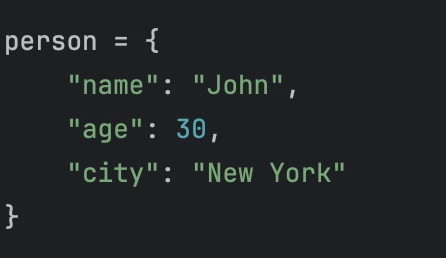
Main characteristics:
- Uses key:value pairs
- Does not accept repeated keys
- Can be modified
Conclusion
These four types of collections are widely used in Python and are essential for beginners. Think of them as different ways to store and organize information:
List: a shelf with order
Tuple: fixed shelf
Set: bag with no repeated items
Dictionary: mini notebook with word and meaning
Explore, test, and see how each one behaves in practice!
Let’s imagine a day in the life of Maria, who is planning a visit to the market.
Step 1 – The List (List):
Before leaving, Maria writes down all the things she needs to buy: apples, bread, milk, and eggs. She might remember later that she also needs bananas, so she adds that to her list. The list helps her keep everything in order, and she can add or remove items anytime. This is just like a Python list: ordered and flexible.
Step 2 – The Colors of the Bags (Tuple):
Maria has three reusable shopping bags—one red, one green, and one blue. These are always the same and never change. No matter how many times she goes shopping, these are the bags she uses. They represent a tuple: fixed and dependable.
Step 3 – The Fruits She Picks (Set):
At the market, Maria picks up various fruits. She ends up with an apple, a banana, and another banana. But at the end, she only counts the unique fruits she got: apple and banana. That’s how a set works—it automatically removes duplicates and doesn't care about order.
Step 4 – The Receipts (Dictionary):
When Maria returns home, she looks at the receipt. It shows what she bought and how much each item cost: 'apple': $1, 'milk': $2, 'bread': $1.5. This is a dictionary in action—each item (key) is linked to its price (value).
By using a list, tuple, set, and dictionary, Maria’s simple shopping trip becomes a perfect analogy for how Python collections work in everyday life.






















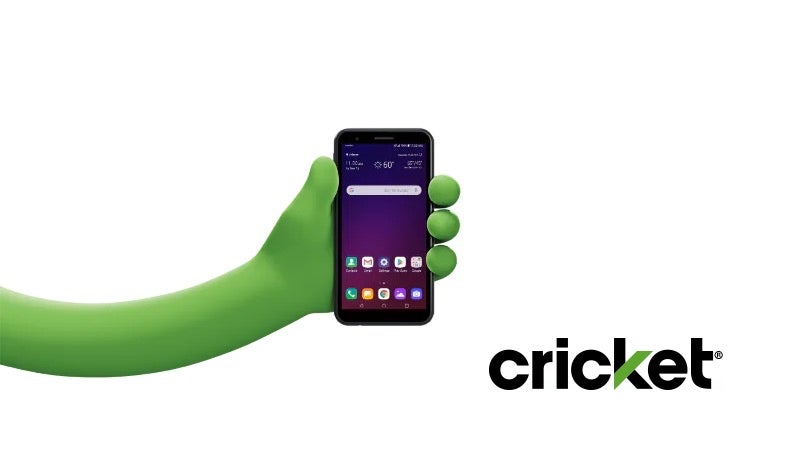












































![New Apple iPad mini 7 On Sale for $399! [Lowest Price Ever]](https://www.iclarified.com/images/news/96096/96096/96096-640.jpg)

![Rapidus in Talks With Apple as It Accelerates Toward 2nm Chip Production [Report]](https://www.iclarified.com/images/news/96937/96937/96937-640.jpg)




























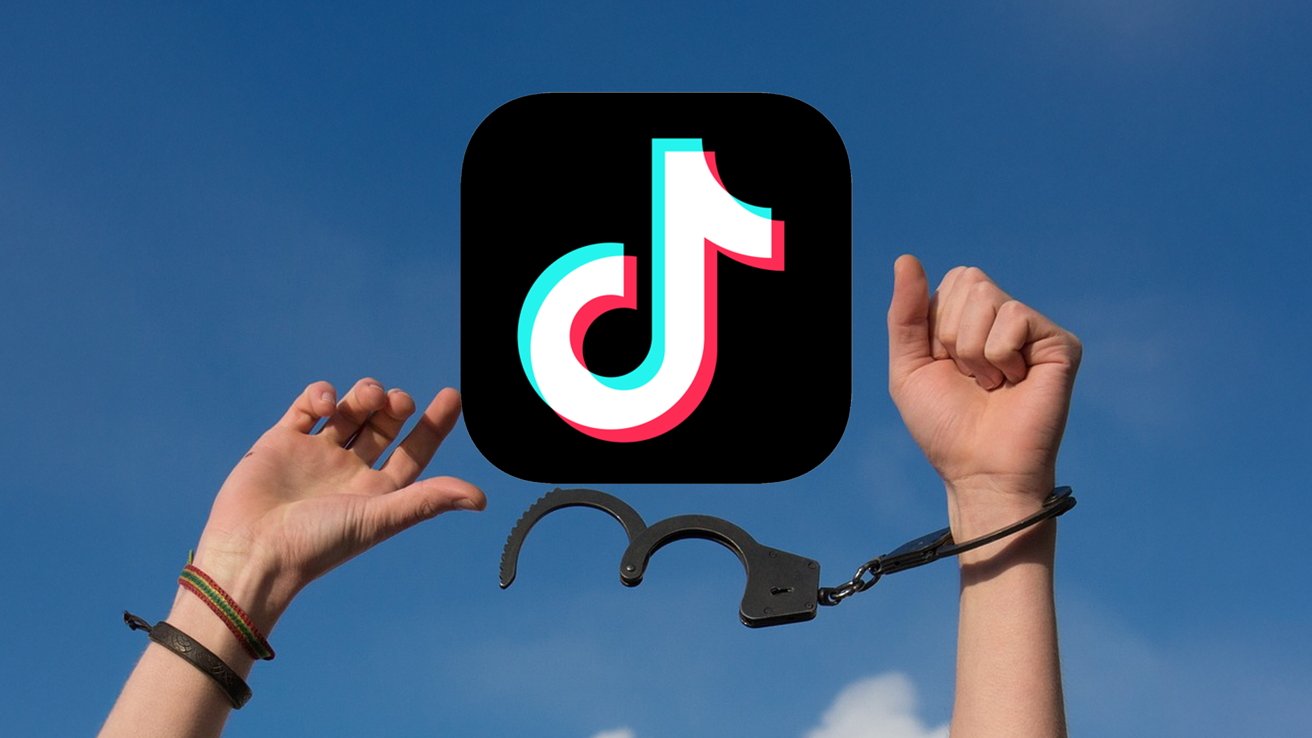








































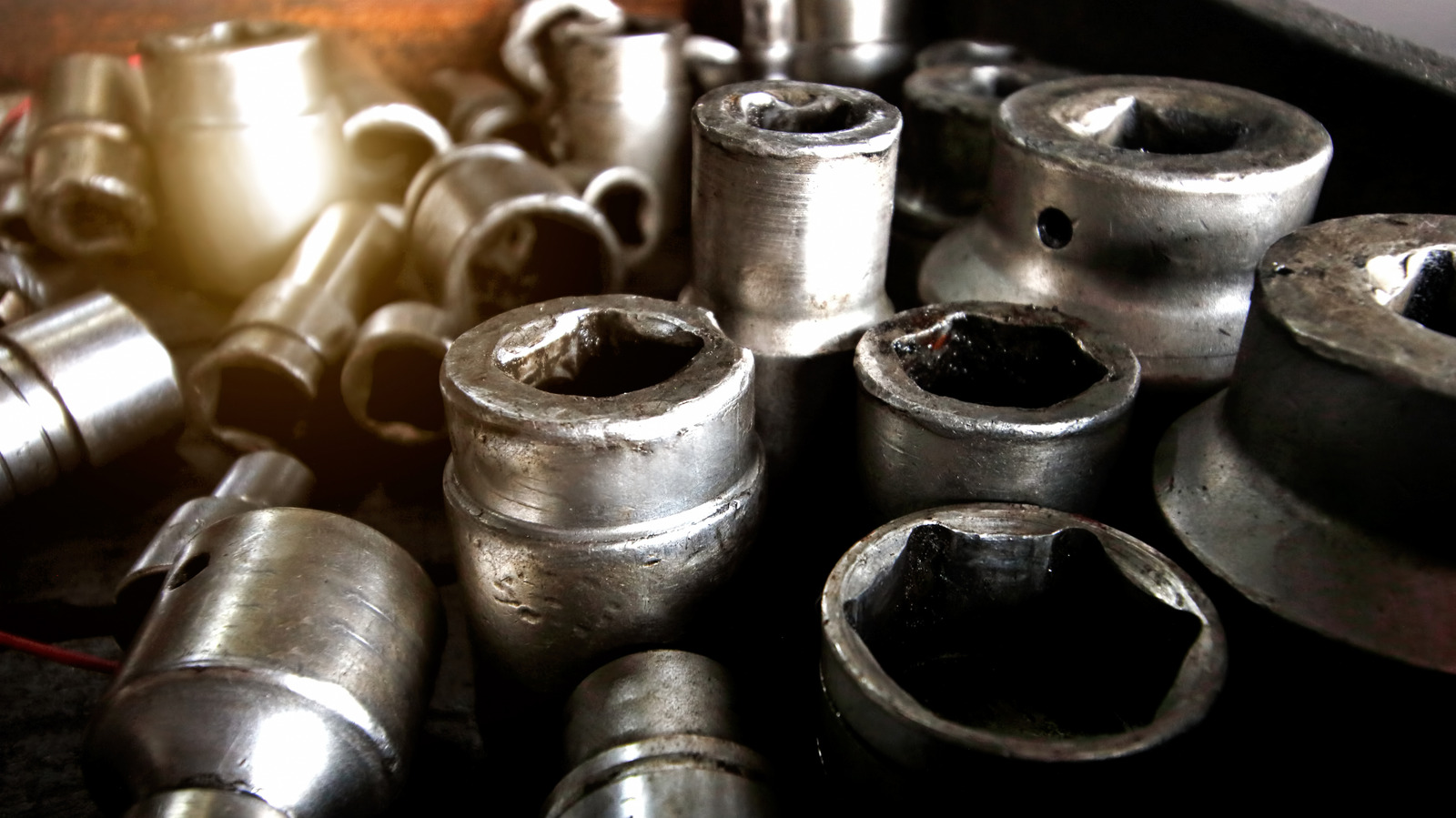
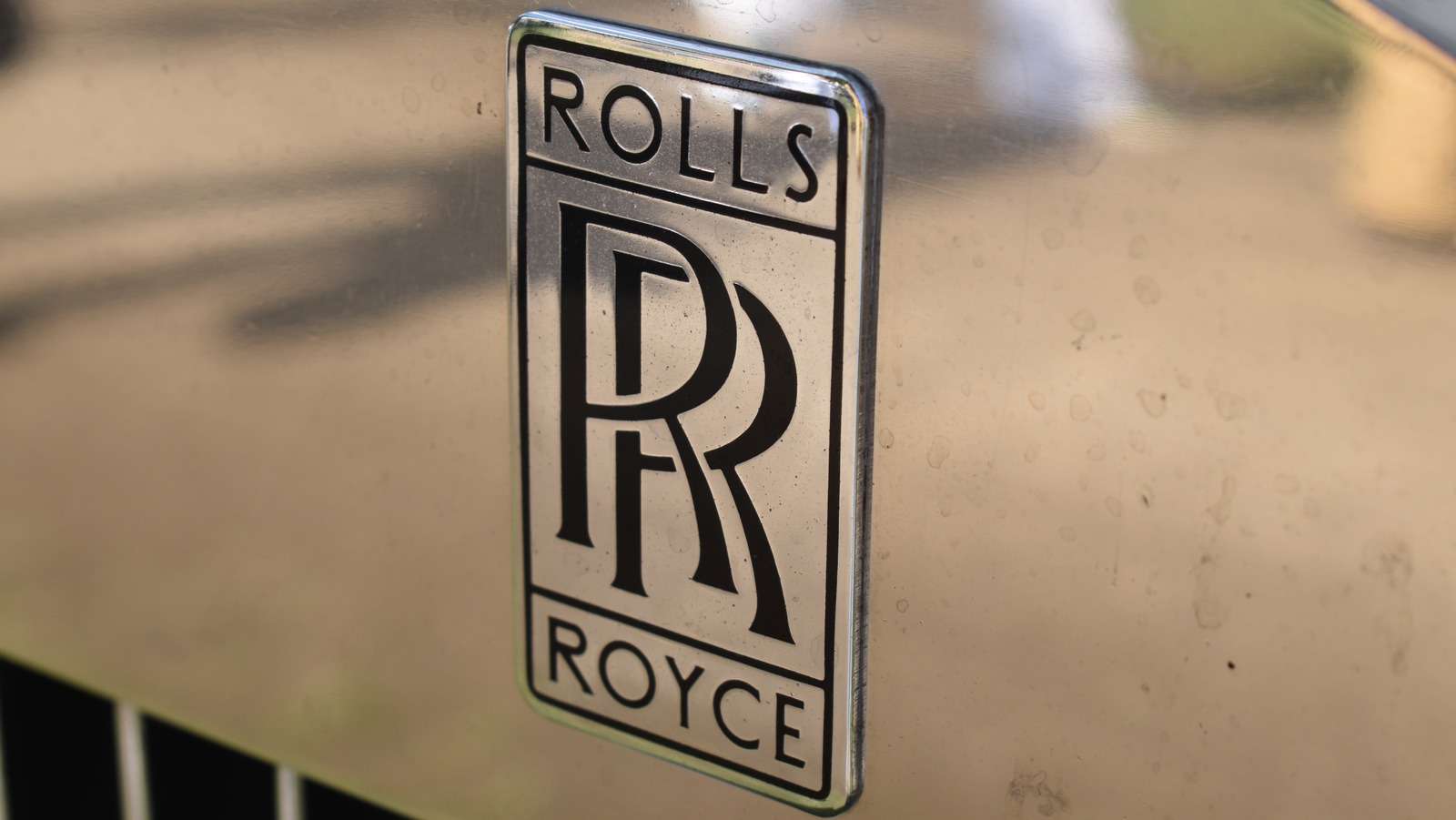




































_Christophe_Coat_Alamy.jpg?#)










































































![[The AI Show Episode 142]: ChatGPT’s New Image Generator, Studio Ghibli Craze and Backlash, Gemini 2.5, OpenAI Academy, 4o Updates, Vibe Marketing & xAI Acquires X](https://www.marketingaiinstitute.com/hubfs/ep%20142%20cover.png)

































































































































![From drop-out to software architect with Jason Lengstorf [Podcast #167]](https://cdn.hashnode.com/res/hashnode/image/upload/v1743796461357/f3d19cd7-e6f5-4d7c-8bfc-eb974bc8da68.png?#)



![[FREE EBOOKS] The Kubernetes Bible, The Ultimate Linux Shell Scripting Guide & Four More Best Selling Titles](https://www.javacodegeeks.com/wp-content/uploads/2012/12/jcg-logo.jpg)


































.jpg?#)



.png?#)



























































